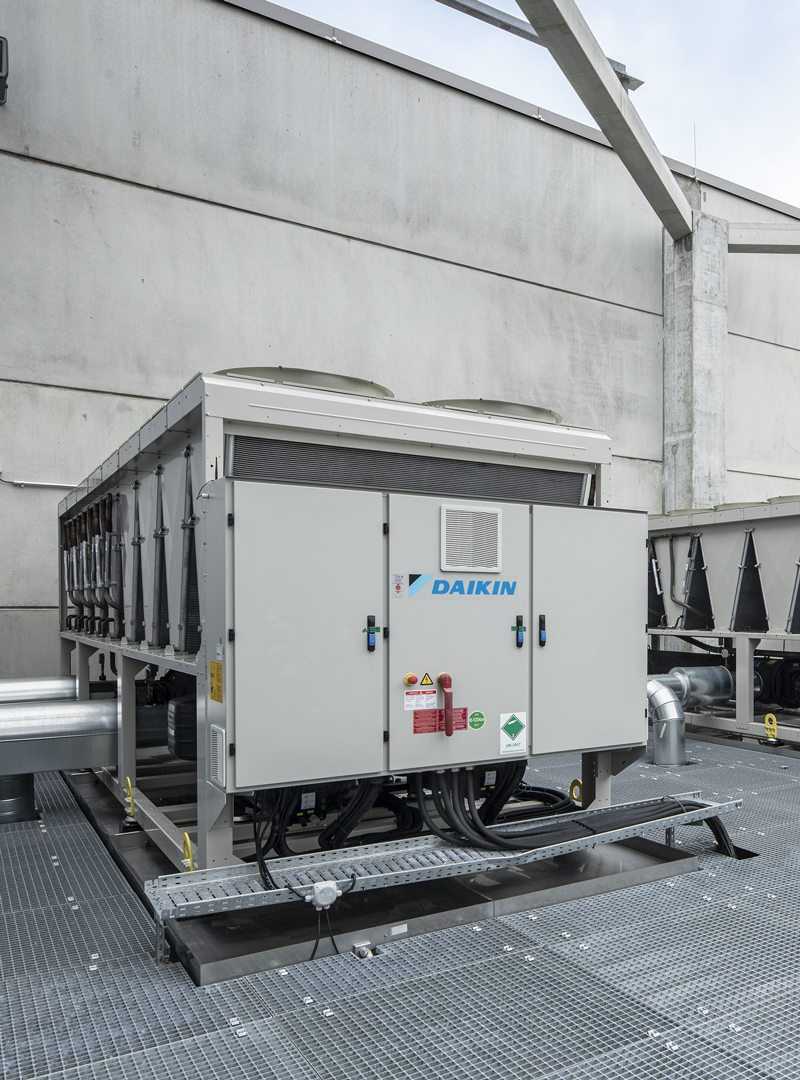The growing sophistication of smart remote monitoring technology delivers many significant benefits; not only to those responsible for operating and maintaining buildings, but also to the patients and medical staff who rely on a closely controlled indoor environment.
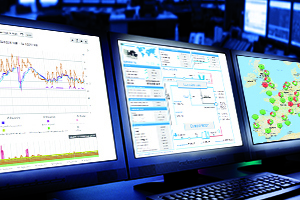
Covid-19 ventilation strategies
Keeping critical air conditioning and ventilation plant working has been a serious priority for the NHS during the lockdown period. The availability of smart remote monitoring technology such as Daikin-on-Site will make that increasingly easy and cost-effective.
Building engineers are growing increasingly used to being able to assess the condition of equipment from a remote location – making it possible to repair and maintain systems even when physical access is severely restricted.
Smart connected technologies means they are also better positioned for any future lockdowns and for those instances when getting suitably qualified engineers to site in time, proves problematic.
Spotting early warnings
Continuous monitoring also allows facilities managers to spot early warnings with cooling systems. If a chiller or air handling system is not achieving its design capacity or efficiency, it may be because the refrigerant charge is low or operating pressures have become too high – in any case, the FM will be alerted before the problem becomes serious.
This allows potential breakdowns to be avoided and any drop in performance to be addressed before it starts to affect the building and its occupants.
Preventative maintenance
Daikin-on-Site remote monitoring can obtain live operational data from the building and combine it with statistical predictions using Trend Analysis. This allows the engineering team to develop a preventative maintenance schedule to ensure the maximum efficiency and reliability of critical equipment, avoiding costly downtime and major repairs.
Reduce energy consumption and running costs
Repair work and energy usage account for around 85% of the total lifetime cost of an air handling unit – so it is important to get these things right. Buildings are also responsible for around 40% of global energy consumption with HVAC systems being the biggest contributor. The availability of digital technologies means building services designers are gaining more control over how a building will perform in use and, therefore, how much energy it will consume.
Wireless networks also make it easier to configure, commission and control complex systems, which also gives engineers the ability to gather performance data and analyse the individual pieces of equipment that consume the most energy, such as fans and chillers.
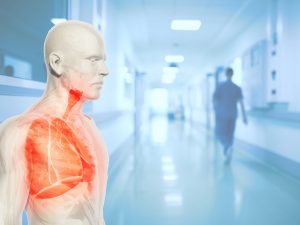 Indoor Air Quality (IAQ) – A “public health emergency”
Indoor Air Quality (IAQ) – A “public health emergency”
More than 2,000 GP surgeries and 248 hospitals in the UK are in locations where air pollution is above WHO recommended contamination limits. As a result, opening a window in search of ‘natural ventilation’ could expose occupants to the harmful effects of outdoor air pollution. This strengthens the case for a more controlled indoor environment – particularly in urban settings – where mechanical air conditioning and ventilation manage the air quality.
The WHO also remains concerned that outdoor air continues to be frequently used as supply air for ventilation systems despite heavy contamination by particulates and other outdoor pollutants. It has called for much more effective use of air filters and room air purifiers in homes, businesses and buildings with particularly vulnerable occupants like care homes and hospitals.

Better control of temperature and IAQ
Controlling HVAC systems can be complex, particularly in a highly mixed use environment like a hospital. Smart, connected systems such as Daikin-on-Site allow building services designers to match conditions more closely to the comfort and health requirements of occupants because the performance of heating, cooling and ventilation equipment can be continuously monitored and adjusted without the need for any physical intervention.
Being able to deploy the very latest in wireless technology underpinning a robust and reliable communication network also makes it possible to create a more integrated system that will both maintain comfortable temperatures and reduce airborne contaminants through air changes and filtration.
Click here to find out more about how Daikin Applied Service can help you to maintain your HVAC equipment (ALL brands)
Click here to find out more about the benefits of remote monitoring with Daikin on Site
or call us on 0345 575 2700 to speak with a qualified member of staff
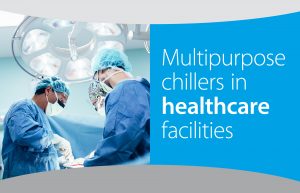
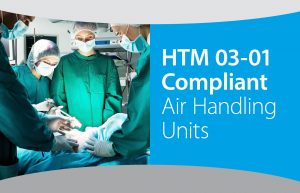
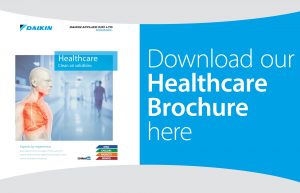



 Indoor Air Quality (IAQ) – A “public health emergency”
Indoor Air Quality (IAQ) – A “public health emergency”



